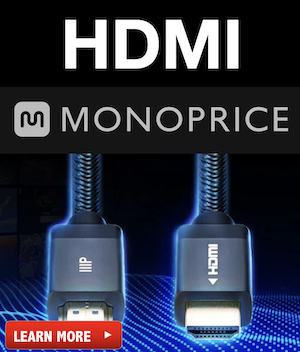I've owned and used several amps. Outlaw, Emotiva, Crown, QSC, Adcom, Rotel and Carver. They were all excellent amps, but I never really noticed that the sound from the speakers was any better than the other.
The pro amps' fans were somewhat loud when they turned on. Furthermore, the Crown and QSC amps would clip at high volume, which none of the other amps did.
The pro amps' fans were somewhat loud when they turned on. Furthermore, the Crown and QSC amps would clip at high volume, which none of the other amps did.







 Based on your initial impressions, I think you made the right choice. We need you to fire-up a McIntosh Amp Owners thread and get some pics and listening impressions in there.
Based on your initial impressions, I think you made the right choice. We need you to fire-up a McIntosh Amp Owners thread and get some pics and listening impressions in there. 





